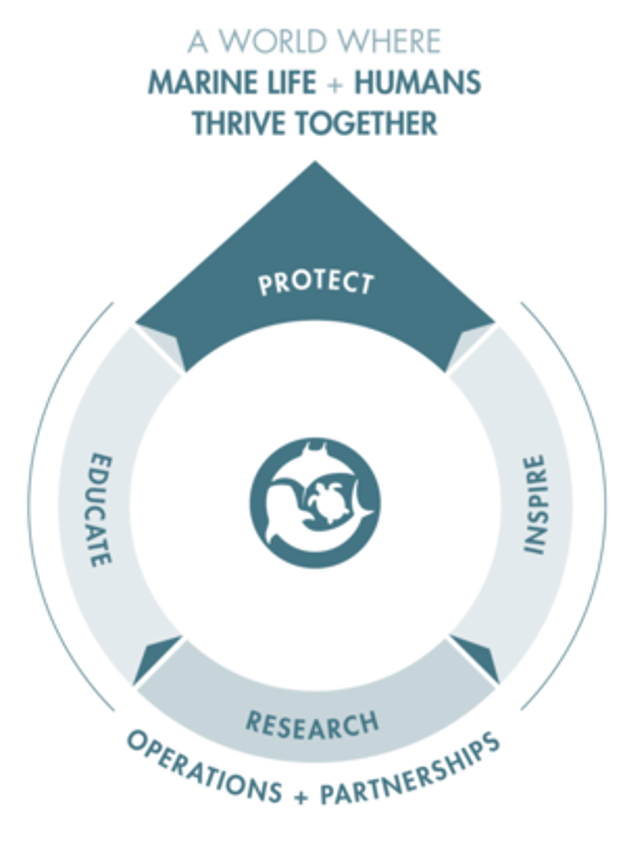The sense of community on Monte Serrat and surrounding hills was fundamental to choose an active social participation approach. After all, it is the people living there who feel the impacts caused by climate change, such as landslides. The frequent visits by the Municipality Hall (Civil Defense) and the constant contacts with locals were extremely important to gain the trust of the community, especially to engage young people and more recent residents in the area.
The relocated families were invited to participate in the workshops to value their history and the ties built in the region and to take advantage of the benefits of the EbA measure.
The strategy of the participatory approach, joint between public authorities, civil society and the assistance of ProAdapta, (i) built community knowledge about climate change and its link to local climate vulnerability and (ii) strengthened relationships of trust among the diversity of stakeholders involved. The high-risk areas that have been vacated need to be urgently and consensually designated before any attempt of reoccupation, therefore the urgency of the EbA workshops.
Residents of other neighboring hillsides that suffer from the same landslide problems were invited to participate to replicate the methodology and upscale the solution.
